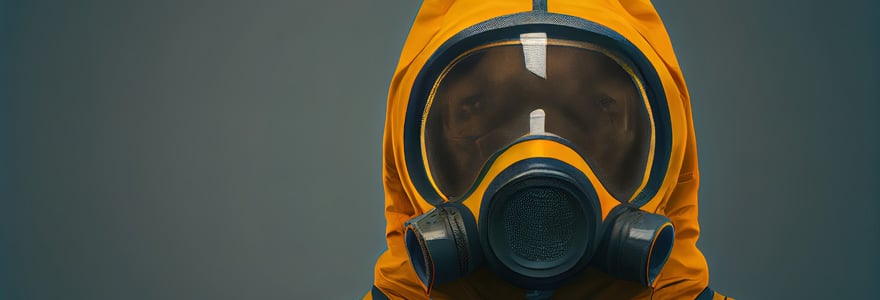
Radiation safety is a term used to describe the precautions taken to protect people and the environment from the harmful effects of ionizing radiation. Ionizing radiation is a type of radiation that has the ability to ionize atoms, which can damage living cells.
There are a variety of different pieces of equipment that can be used for radiation safety, depending on the type of radiation that is present and the level of exposure that is anticipated. Some of the most common pieces of radiative equipment include lead shields, which can be used to block x-rays and gamma rays, and lead aprons, which can be worn to protect the body from exposure to radiation.
Personal protective equipment
There are four main types of personal protective equipment (PPE) that are used for radiation safety: lead aprons, lead gloves, lead glasses, and thyroid shields. Lead aprons help protect the body from radiation exposure by absorbing the radiation before it reaches the body. Lead gloves help protect the hands from radiation exposure. Lead glasses help protect the eyes from radiation exposure. Thyroid shields help protect the thyroid gland from radiation exposure.
Protective clothing
There are many items of clothing and equipment that offer protection from radiation. These include lead aprons, gloves and thyroid collars. Lead aprons are made of a heavy material that absorbs radiation. They are often used by radiographers, who are exposed to high levels of radiation when taking X-rays. Gloves and thyroid collars are made of a material that reflects radiation. They are often used by people who work with radioactive materials, such as nuclear physicists.
Lead-lined walls and doors
There are many types of equipment used for radiation safety. One type is lead-lined walls and doors. These are used to protect people from radiation exposure. Lead-lined walls and doors are made of lead, which is a metal that is very dense. This makes it very effective at stopping radiation. Lead-lined walls and doors are often used in hospitals, laboratories, and other places where radiation is present.
Lead-lined containers
There are many different types of lead-lined containers, each designed for a specific type of radiation safety. The most common type is the lead-lined box, which is used to store radioactive materials. Lead-lined boxes are made of lead sheeting that is sealed to the inside of the box. This type of container is designed to prevent the escape of radiation from the box and to protect the contents from outside sources of radiation.
Other types of lead-lined containers include lead-lined bags and lead-lined barrels. Lead-lined bags are used to transport radioactive materials. These bags are made of lead-lined fabric that is sealed at the seams. Lead-lined barrels are used to store larger quantities of radioactive materials. These barrels are made of lead-lined wood or metal and have a lead-lined lid.
All lead-lined containers must be labeled with the type of radiation they are designed to protect against. The label must also include the name and contact information of the supplier.
Radiation detection and monitoring equipment
There are many types of radiation detection and monitoring equipment available on the market. The most common type of equipment used for radiation safety is a radiation detector. Radiation detectors come in many different shapes and sizes, and can be used for a variety of applications. The most common type of radiation detector is the Geiger counter. Geiger counters are used to detect and measure the level of radiation in a given area. There are also portable radiation detectors that can be used to monitor the level of radiation in a specific area. These portable detectors are often used by first responders and other personnel who may be exposed to high levels of radiation.
The article discusses the various types of equipment that are used for radiation safety. This includes things like lead aprons, lead gloves, and lead shields. There are also specialised devices called radiation monitors and dosemeters, which are used to measure the level of radiation exposure.